Techmod 1/48 scale Pre Orders
Ansaldo A1 Balilla Aeroplane
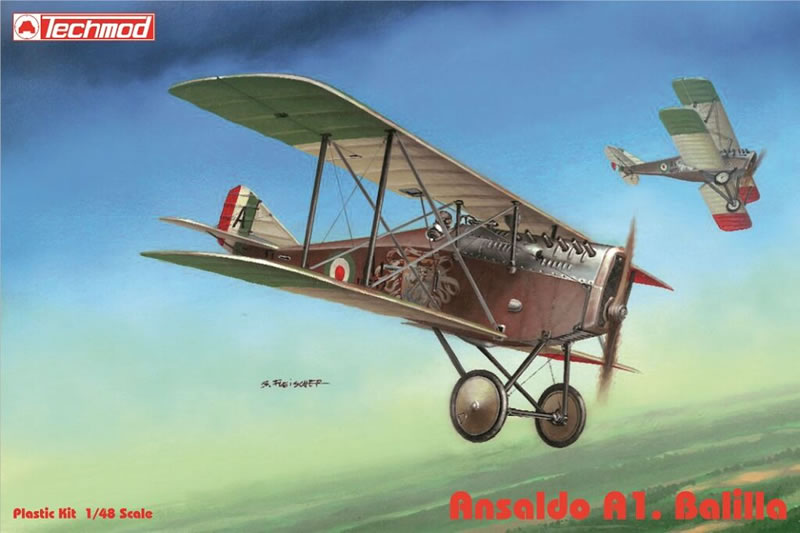

Arma Hobby has news about a new release from Techmod.
Ansaldo A1 Balilla Aeroplane
Plastic model of the Ansaldo Balilla fighter aeroplane 1/48 scale
-
Injection plastic model with accessories from 3D prints.
-
Colour and markings versions included: Italian, Polish and Greek.
-
3D accessories developed by Arma Hobby.
Pre-sale. The model will be available from April 4, 2024.
The design of the Ansaldo A.1 Balilla fighter was derived from the successful line of fast, but quite large SVA fighter and reconnaissance aircraft, designed and manufactured at the Ansaldo plants in Genoa and Turin. In the first half of 1917, Eng. Giuseppe Brezzi from the Turin branch of Ansaldo constructed a purely fighter aircraft based on them.
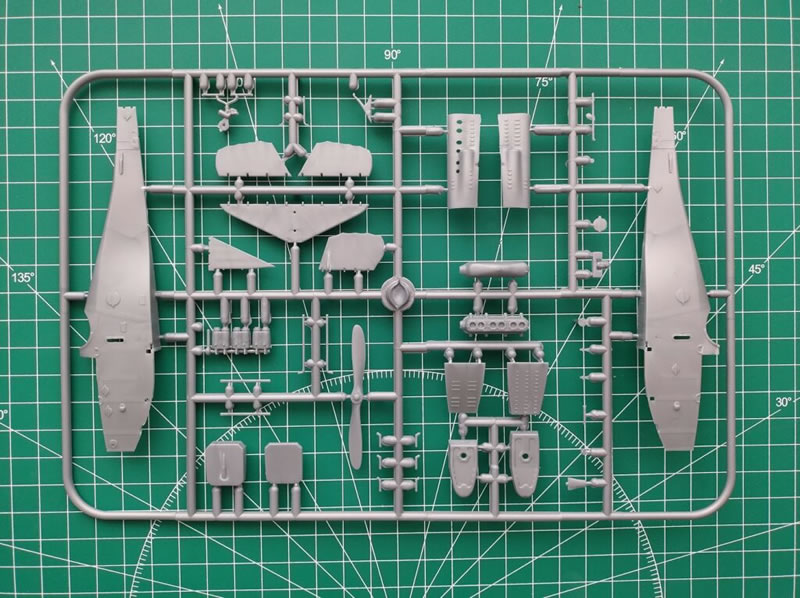
The new plane differed from the original in smaller dimensions and use of traditional struts and bracing wires. The prototype was ready in the fall of 1917 and was test-flown by factory pilot Mario Stoppani. There is no certainty about the date of the first flight, some sources indicate November 30. The tests were carried out in December when three Italian aces arrived at the Ansaldo plant: Pier Ruggiero Piccio, Fulco Ruffo di Calabria and Francesco Baracca with the task of testing and evaluating the new machine. After flying a considerable number of hours, in January 1918, the pilots came to similar conclusions as Stoppani and other factory pilots: the plane had a good climb and horizontal speed, but its manoeuvrability left much to be desired. This resulted in some changes being made to the prototype. A SPA-6A engine with higher power (162 kW) was used, and the shape of the radiator changed along with it. The wingspan has also been increased.
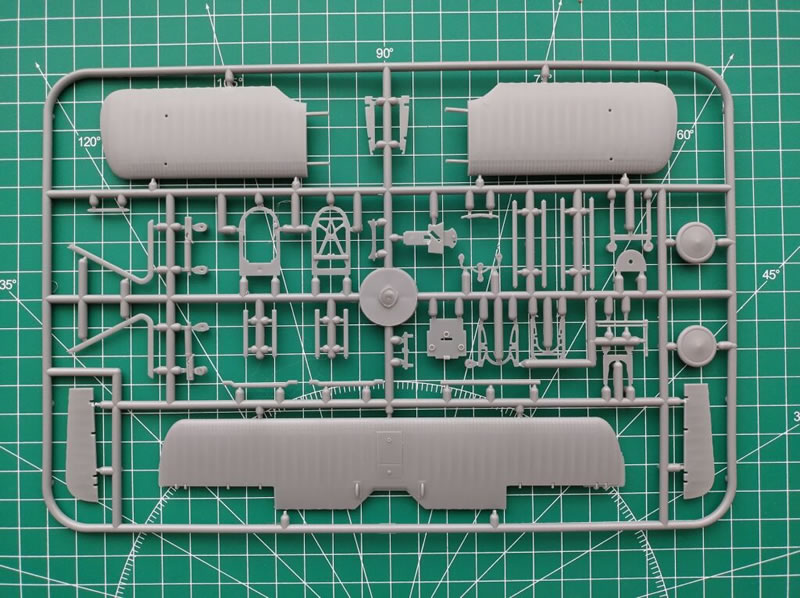
Ansaldo's factory pilot, Lieutenant Mario de Bernardi, presented such prepared aircraft to his colleagues from the 91a Squadriglia da caccia (fighter squadron). This time, the evaluation of the aircraft was good, but an unreliable engine, combined with the fact that the Austrian-Italian front was over the Alps and landing on a damaged machine meant a certain disaster, resulted in there being no pilots eager to fly the A.1. The prototype was finally returned to the factory, where it was subjected to further changes and corrections, including the machine guns were lowered, hiding them under the engine cover, which improved visibility from the cockpit but made servicing more difficult.
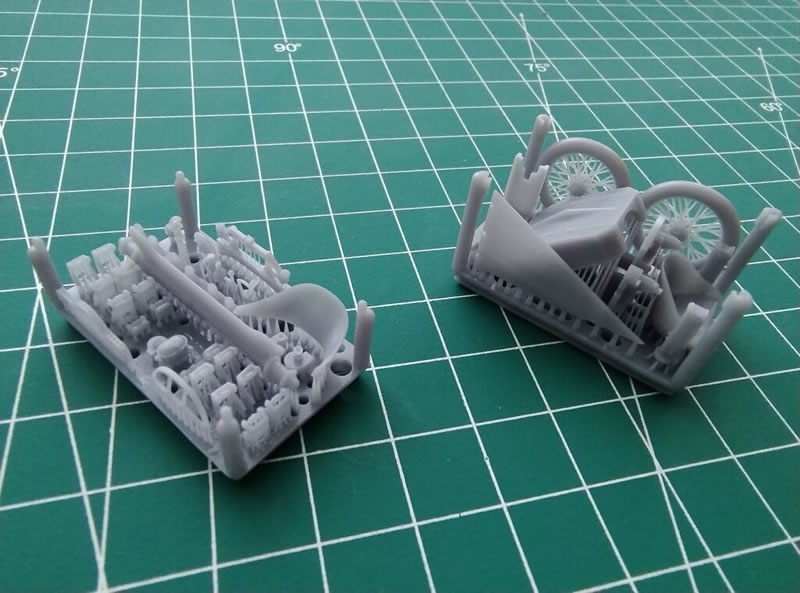
The first production planes were ready in May 1918. For publicity purposes, two examples were ceremonially presented to famous pilots, Antonio Locatelli and Natalo Palli (serials 16652 and 16653). In August of the same year, the aircraft was ultimately named Balilla. It was taken from the nickname of the Italian national hero Giovanni Battista Perasso, a boy who, in 1746, threw stones at Austrian soldiers pulling cannons through the streets of Genoa. The initial order was for 1,600 aircraft. By the end of August 1918, the first 100 airframes were delivered. However, most of them were assigned to training units, mainly in Malpensa and Furbara. Single machines were sent to the frontline units.
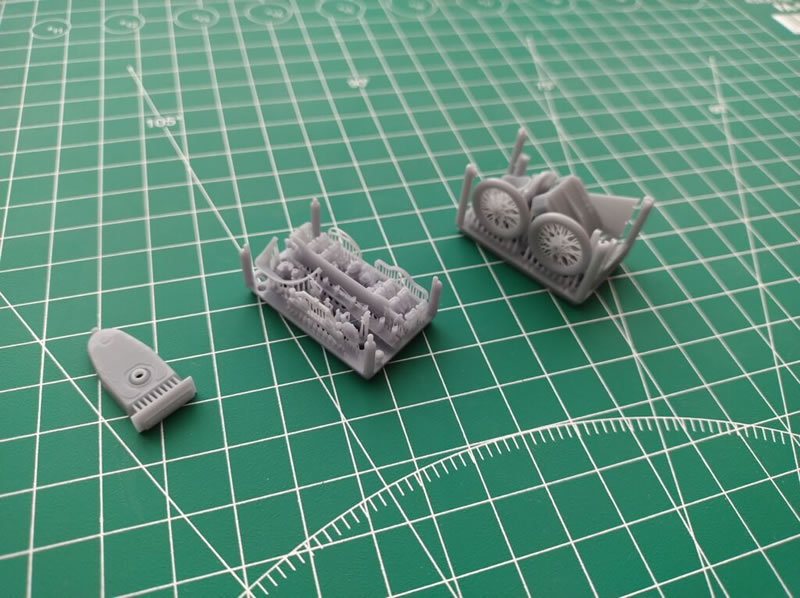
In 91a Squadrigilia, already familiar with this type of aircraft, the Balillas triggered a similarly cautious response, which resulted in the unit staying with its more reliable SPADs. On October 8, 1918, the only air victory with this type of aircraft was achieved. Pilot Leopoldo Eleuteri shot down an Austrian Albatros D.III plane. At the end of the war, A.1 aircraft were mostly used by base defence units, including the naval base in Venice. During the war, 221 A.1 Balillas were built in Italy, of which 166 were accepted before the armistice, and the rest were delivered after the war. Including export machines, Ansaldo probably built 354 A.1s. 354 is the highest-known factory serial for this aircraft.
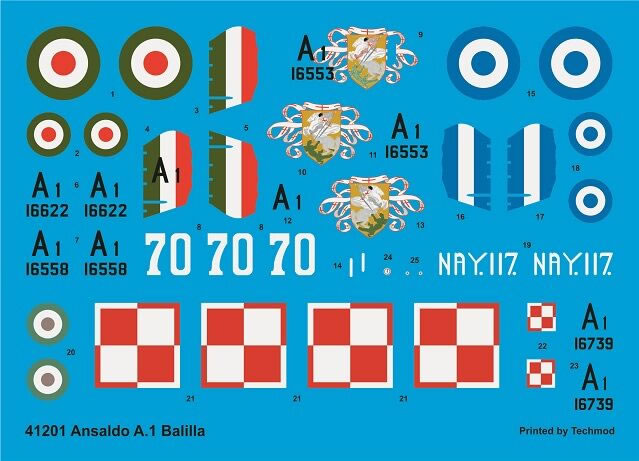
Unwanted by Italian pilots, the fighter made a successful career as an export product. In 1919, Poland bought 35 planes and the right to license production of another 100. They were built in Lublin until 1924, when, after delivering 57 aircraft, production was stopped due to the low quality of the delivered machines (they were, among other things, 80 kg heavier than the Italian ones). Balillas were used successfully in 1920 in the Polish-Bolshevik war by pilots of the elite 7th Ko?ciuszko Squadron, which included American volunteers. Another 18 units were purchased by the Soviet Union in 1922, and 13 were delivered to Latvia. Single machines were exported to Argentina, Mexico, Uruguay and Peru. Two A.1s were sent to the USA, where one of them was used as a racing plane after installing a Curtiss K12 engine and a four-blade propeller. A.1 planes were in service until the first half of the 1920s. Two examples, those given to Locatelli and Palli, have survived to this day and are now museum exhibits in Bergamo and Trento.
The A.1 Balilla aircraft was a biplane of wooden construction. The fuselage was distinguished by its carefully designed shape, characteristic of all Ansaldo aircraft - a rectangular cross-section in the front part, turning into an inverted triangle behind the pilot’s cockpit. This solution ensured good visibility to the rear and down. The fuselage was covered with 2 mm thick plywood. The engine was placed in the front part of the fuselage, and two Vickers machine guns synchronized with the propeller were mounted above it. The engine and guns had a cover made of aluminium sheet. The radiator was a vertical, a so-called car-type. Both wings had a rectangular shape, were two-spar and covered with fabric. The upper wing was in one piece, while the lower wing was in two pieces, separate left and right. The wings were connected with two pairs of traditional struts made of drop-shaped steel tubes. The airfoil chamber (single bay) was rigged with steel bracing wires.
Thanks to Arma Hobby for the information and marking guide images.
Images Copyright © 2024 by Arma Hobby
Page Created 8 March, 2024
Last updated
27 March, 2024
Back to HyperScale Main Page

|
